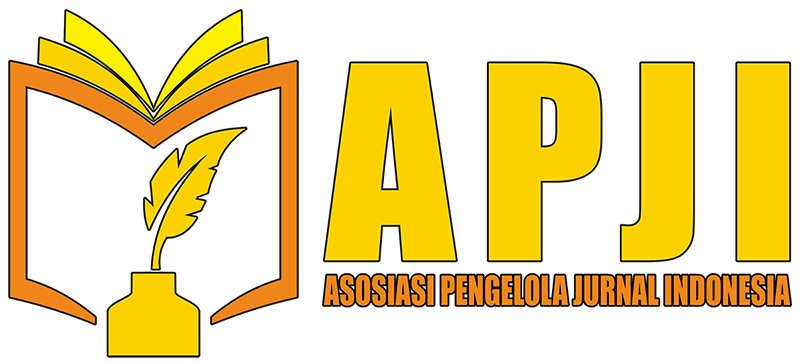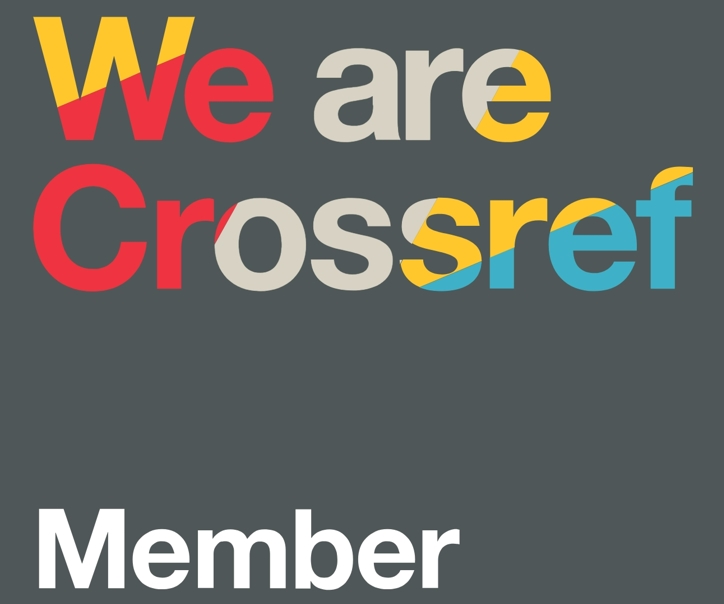Environmental Management Strategies in Overcoming Impacts Sand Mining on the Cumbadak River and Tuak River
DOI:
https://doi.org/10.61991/ijeet.v3i1.161Keywords:
Environmental Management, Sand Mining, Tows StrategyAbstract
Intensive sand mining in the Siulak Deras area, Kerinci Regency, has had a serious impact on the ecosystem of the Cumbadak River and Tuak River. This activity triggers damage to river morphology, decreased water quality, and disrupts the balance of aquatic ecosystems. This research aims to formulate appropriate environmental management strategies to reduce and control the negative impacts of sand mining activities in the area. The approach used was a SWOT analysis and TOWS strategy matrix, combined with the results of field observations and in-depth interviews with relevant stakeholders. The results of the study show that weak supervision, lack of community involvement, and inconsistent implementation of environmental documents are the main challenges in managing the impacts of sand mining. The recommended strategies include strengthening community-based supervision, implementing environmentally friendly technology, revitalizing watersheds, and increasing transparency in the implementation of EIAs. With the implementation of this strategy, it is hoped that there will be synergies between economic activities and sustainable environmental conservation in Kerinci Regency.
Downloads
References
Alam, J. B., & Mollah, M. A. H. (2013). Environmental impact of sand mining: A case study on the upstream of Meghna River, Bangladesh. International Journal of Environmental Science and Technology, 10(1), 123–132. https://doi.org/10.1007/s13762-
-0102-5
Arsyad, S. (2010). Konservasi tanah dan air (2nd ed.). IPB Press.
Choudhury, M. I., & Faisal, I. M. (2005). Socio-economic and environmental impact of sand harvesting: A case study from Sariakandi, Bangladesh. Hydrology Journal, 28(1),
–56.
Fitriani, D., & Mustaqim, M. (2020). Implementasi dokumen AMDAL terhadap pengelolaan lingkungan tambang pasir di Kabupaten Sleman. Jurnal Ilmiah Lingkungan Hidup, 14(2), 101–109. https://doi.org/10.14710/jilhi.14.2.101-109
Hasibuan, A. N., & Sudrajat, M. A. (2023). Evaluasi efektivitas pelaksanaan UKL-UPL dalam kegiatan pertambangan di daerah aliran sungai. Jurnal Manajemen Sumberdaya Alam dan Lingkungan, 13(1), 25–32. https://doi.org/10.22146/jsdal.13.1.25
Kurniawan, T., & Wahyuni, E. S. (2022). Dampak aktivitas pertambangan pasir terhadap kualitas air sungai. Jurnal Ilmu Lingkungan, 20(1), 51–60. https://doi.org/10.20885/jil.vol20.iss1.art5
Mulyadi, R., & Siregar, R. M. (2019). Strategi pengelolaan lingkungan berbasis partisipasi masyarakat dalam mengatasi kerusakan sungai. Jurnal Tata Kelola Lingkungan, 5(2), 87–
https://doi.org/10.31289/jtl.v5i2.345
Putra, H. A., & Maulana, R. (2021). Kajian penerapan prinsip keberlanjutan dalam aktivitas penambangan pasir tradisional. Jurnal Pembangunan Wilayah dan Kota, 17(3),
–208. https://doi.org/10.14710/pwk.v17i3.199-208
Rizal, M., & Dewi, N. F. (2018). Analisis SWOT dan strategi pengelolaan lingkungan tambang rakyat di Sungai Batanghari. Jurnal Lingkungan dan Pembangunan, 14(1), 35–
https://doi.org/10.22146/jlp.14.1.35
Yulianto, A., & Wulandari, S. (2020). Peran pemerintah daerah dalam pengawasan tambang pasir ilegal: Studi kasus di Kabupaten Kerinci. Jurnal Hukum & Lingkungan,
(2), 115–124. https://doi.org/10.20473/jhl.v12i2.115
Suharyanto, A. (2017). Analisis SWOT dalam pengelolaan sumber daya alam. Pustaka
Geografi Indonesia.
United Nations Environment Programme. (2019). Sand and sustainability: Finding new solutions for environmental governance of global sand resources. https://www.unep.org/resources/report/sand-and-sustainability-finding-new-solutions.
Downloads
Published
How to Cite
Issue
Section
License
Copyright (c) 2025 Delfi kurnia zebua

This work is licensed under a Creative Commons Attribution-ShareAlike 4.0 International License.













